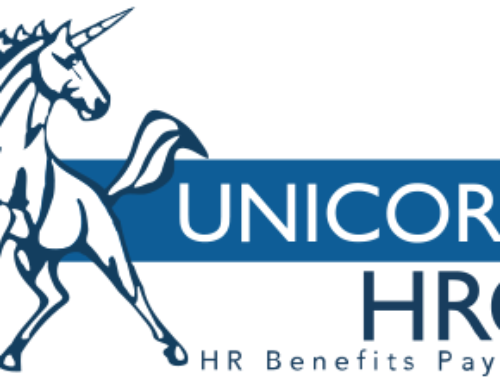Today, HR professionals have increased responsibility for decision making within companies, requiring them to carry out additional tasks such as reporting and analytics. Despite this, HR professionals are also required to work on the traditional (and often time consuming) administrative HR tasks. These include benefit and payroll administration, recruitment, onboarding, performance reviews, and training. Below are some of the most tedious HR tasks, as well as tips on how to tackle them so they can be managed effectively and efficiently.
New Hire Information
Despite spending a lot of time and effort in advertising, recruiting and interviewing new staff, the work for HR does not end with the offer of employment. Once hired, HR staff can find themselves tied up in a large amount of paperwork needed to set new employees up within the company. This includes entering personal and contact information, setting up benefits, ID photos, and business cards. Software solutions such as onboarding software serve an invaluable role in helping to automate and streamline this process. Onboarding software can provide employees with access to dashboards from which they can learn about the company and register for training. These dashboards also provide checklists of tasks employees need to complete, including entering their own personal data, applying for benefits, among various other tasks. HR managers can personalize the dashboard with onboarding information and tasks specific to the role and department where the new hire will move.
Employee Information
One of the most common administrative tasks performed by HR staff is that of inputting and updating employee information into company databases. Information such as employee contact details and emergency contacts are inputted on the date of hire, but can be updated multiple times during the employees’ contract and can be a time-consuming task. Moreover, many companies have multiple systems, meaning HR staff have previously been required to update more than one system. To address this issue, many businesses have moved towards integrated databases or HR Management systems. These integrated systems allow HR staff to make updates to personal data, contact information, as well as benefit information in one simple step; which automatically updates all data sources and platforms, effectively consolidating global data. This helps reduce errors and provides consistency of data in real time. To further reduce time taken on these tasks, companies are also moving towards employee self-service software, enabling employees to access their own records and make updates to personal information (including contact information) without the need for HR staff.
Time Sheet Tracking
HR staff can spend over 15 hours or more per month (depending on company size) sorting, tracking, and validating data from employee timesheets. Automated time and attendance software can enforce pay and work rules accurately and consistently from month to month, minimizing overpayment while reducing the time taken for manual monitoring and processing. Some global time and attendance apps allow employees to check in and out from their mobile devices using automatic time and date stamps. Time and attendance software also uses real time data for reporting, such as turning actual labor costs to data used for decision making.
By automating a variety of HR processes, making use of the advanced software solutions and employee self-service apps, HR managers are able to complete all work tasks while freeing up time to focus on higher end goals.

